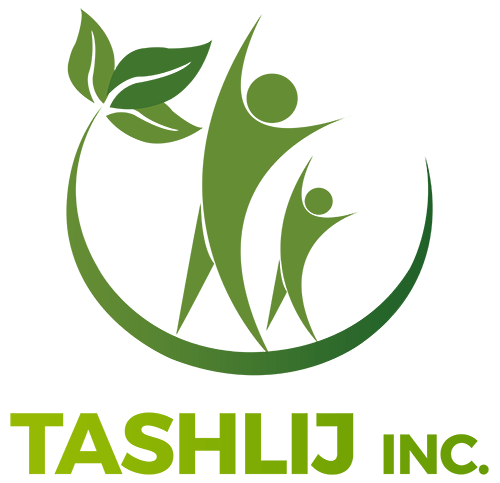Information for California Residents - California Proposition 65
Proposición 65 del Estado de California
California Proposition 65
WARNING: Consuming this product can expose you to chemicals including arsenic and lead,
which are known to the State of California to cause birth defects or other reproductive harm.
For more information, visit www.P65Warnings.ca.gov/food
